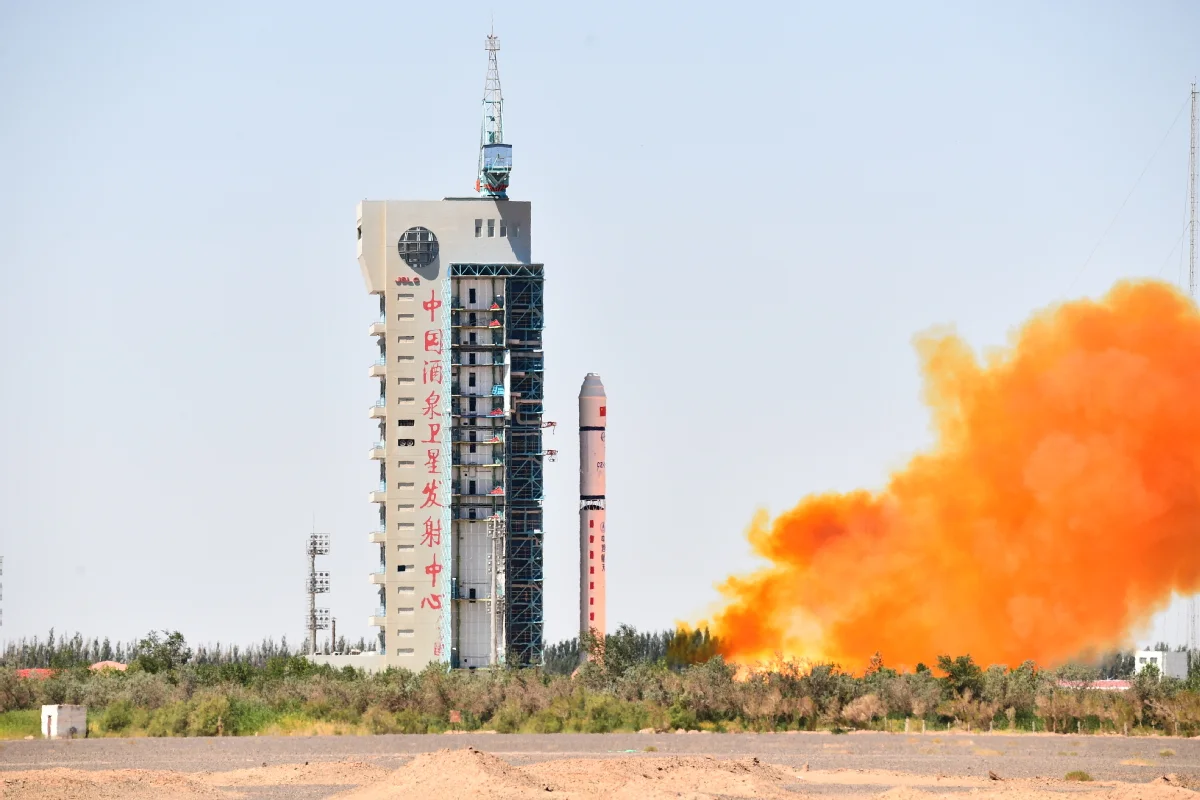China launched an undisclosed number of satellites into orbit on Thursday to test satellite internet technology. The Long March 2D rocket, using the Yuanzheng-3 upper stage, was launched from the Xichang Satellite Launch Center in southwestern China at 5 a.m. ET (10 a.m. UTC) on November 23. The China Aerospace Science and Technology Corporation (CASC) disclosed the nature of the payload only when it declared the launch successful.
No details regarding the launch payload have been released. Xinhua briefly described the launch as “an experimental satellite for satellite internet technology.” However, the launch statement from the Shanghai Academy of Space Technology (SAST) suggests that the individual satellites were developed by SAST and the Innovation Academy for Microsatellites (IAMCAS) of the Chinese Academy of Sciences (CAS), respectively.
Observations of space objects by the U.S. Space Force’s space intelligence teams would later reveal the number of launch-related objects cataloged in orbit. A pair of satellites with the same name were launched from the Jiuquan Cosmodrome on July 9. The Long March 2C rocket with a YZ-1S booster was used in this launch. Xinhua once again described the launch as a single satellite, but two satellites entered orbit.
The most likely use of the satellites is to test China’s national satellite Internet project for a mega-constellation called Guowang. The project involves placing 13,000 satellites into low Earth orbit, partly in response to Starlink and other planned LEO megaconstellations. SpaceX has launched 5,000 Starlink satellites since 2019 and is seeking international approvals that could increase the number of Starlink satellites in orbit to 40,000.
IAMCAS and another major subsidiary of CASC, the China Academy of Space Technology (CAST), were previously believed to be the two organizations contracted to produce satellites for Guowang.
Earlier this year, CASC announced plans to begin mass satellite launches for Guowang. Potentially this would be the use of the Long March 5B missile modified to use the Yuanzheng-2 booster stage. Long March 8 is also being considered for Guowang’s high-density satellite launches. Chinese commercial launch participants say they are also competing for contracts related to the project.
A communications mega-constellation would not only provide telecommunications and Internet coverage within the country, but would also potentially position China as a provider of global public goods, a commercial rival to other systems, and offer communications services that are difficult to disrupt, among other things. military and government communications. .
China is also considering the possibility of creating a space infrastructure system that would integrate communications with navigation, positioning and remote sensing. Meanwhile, the Shanghai government has announced its support for another broadband mega-constellation. This project will initially consist of 1,296 satellites. Thursday’s launch was China’s 54th launch of 2023. At the beginning of the year, CASC said it planned to launch more than 60. It has completed 40 launches so far. The other 14 orbital launches this year were carried out by commercial participants.













